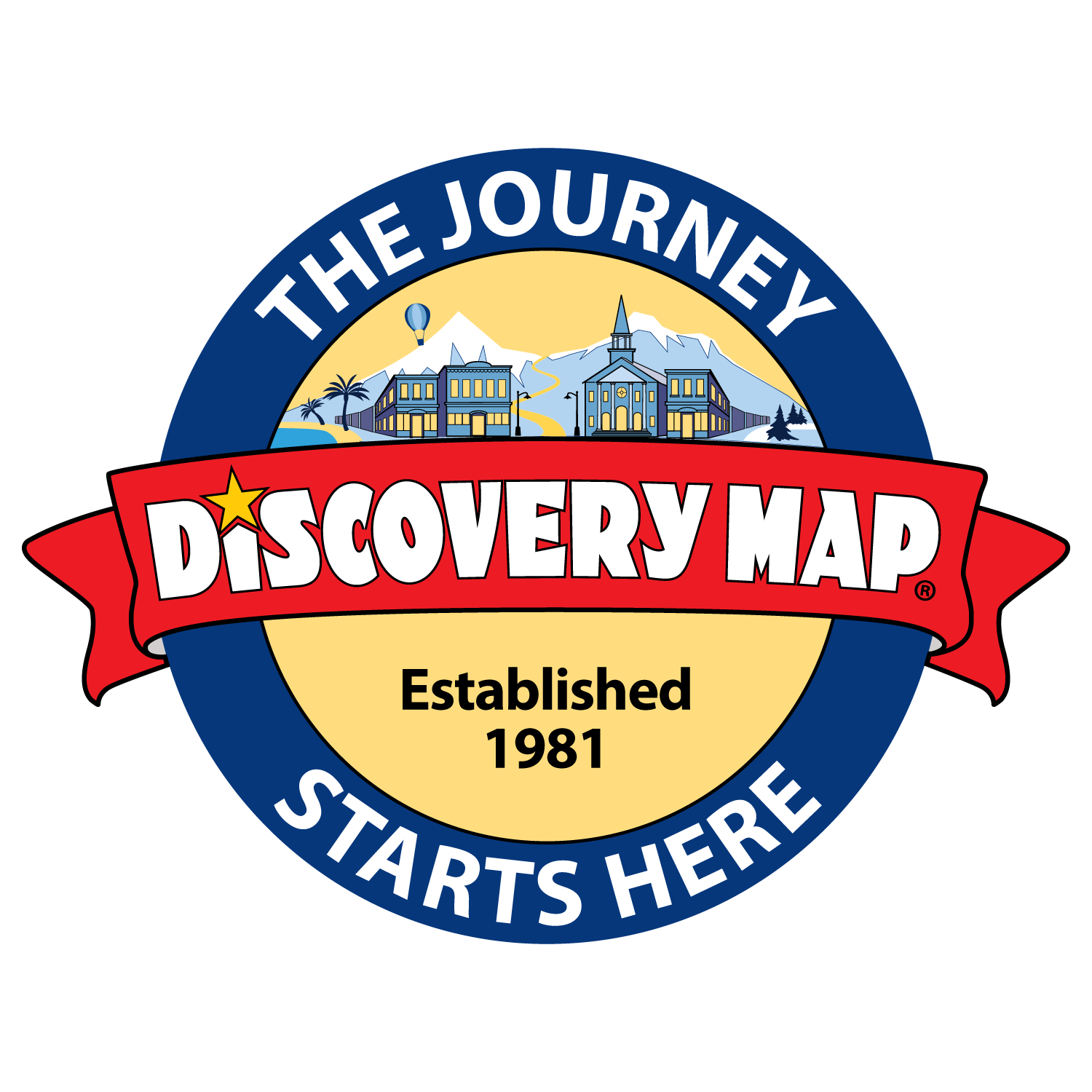Historically Gettysburg
How do you begin to wrap your head around all the amazing history that is Gettysburg, Pennsylvania? That’s a good question to ponder before your set out for this exciting destination in south central Pennsylvania. Truly a bastion of history, there’s much to delve into in this town of about 10,000 inhabitants and also within the outlying area.
First, let’s start with the main events that took place here. One of the biggest and bloodiest battles of the Civil War was fought in fields and on hillsides outside of the town of Gettysburg between July 1 and 3, 1863. At first the Confederate Army, commanded by Robert E. Lee, experienced some success but they were ultimately defeated by the Army of the Potomac, lead by George G. Meade. Already you can tell it was a battle hard fought. Lee withdrew and retreated to the other side of the Potomac River. Later President Abraham Lincoln criticized Meade for not desecrating Lee’s army. A combined total–from both the Confederate and Union sides–of 50,000 casualties were left in the wake of this wretched battle. Thousands of horses, too. The people of Gettysburg cared for the wounded and buried the dead in what is now Gettysburg National Cemetery. Wow, such courageous people to have dealt with such a situation! Certainly the descendants of these brave folks and the people of Gettysburg today possess a certain tenacity (and hopefully, faith) that translates into many aspects of their lives.
Enough of the philosophizing–you will have plenty of opportunities to look at this great historical event from every angle once in Gettysburg, a town that is by no means somber today. Instead, this pretty mid-Atlantic destination pays homage to this momentous time in history through an almost colossal number of museums, monuments, tours, learning centers, re–enactments–you name it. There’s even a musical tribute show called “Gettysburg, The Musical.”
The town of Gettysburg itself is like a living museum. Founded in 1768 by Samuel Gettys, an early settler and tavern owner, here you have plenty of reminders of the Colonial history of the town through its architecture, museums and tours. Whatever your program, plan to have lunch or dinner at the historic Dobbin House Tavern, Gettysburg’s oldest building constructed in 1776, the year of our nation’s official birth. It’s a lovely place to go for a romantic, candlelit fine dining experience. For more casual fare, check out The Springhouse Tavern, which is also part of the Dobbin House. If you want to spend the night in such historic surroundings, that’s possible as well at the Gettystown Inn. James Gettys Hotel, another property listed on the National Register of Historic Places, offers another opportunity to sleep in an establishment brimming with history, this time circa 1804. Located a half a block from the square of historic downtown Gettysburg, this boutique hotel woos guests with their antique furnishings, colorful embellishments (lots of lush floral fabrics) and the sweet buns they serve at breakfast.
Who knows, however, what the night will bring in these establishments as well as in many otherproperties around town, since there seems to be a proliferation of ghost tours in Gettysburg? In a town so old, there’s bound to be some old souls still hanging around. Many of these tours are conducted in the nighttime, which is surely when Gettysburg glows with a certain mystery, especially on a crisp fall evening with leaves swirling in the air and crackling beneath your feet. Many people do love to be spooked, don’t they? Do you?
As you amble through Gettysburg by foot, in a car, in a motor coach, on a horse, on a Segway (see, there are all kinds of modes of transportation here), you can even notice some signs of battle on some of the buildings. The Schmucker House on Seminary Ridge is one such example.
Only one civilian was killed during the Battle of Gettysburg. Jennie Wade, a twenty-year-old woman was baking bread when a stray bullet barreled through her kitchen door and killed her. You can visit the historic Jennie Wade House as well as the Shriver House, two fine examples of historic homes where you can learn much about the history of the times.
On November 19, 1863, at the dedication of the Soldiers’ National Cemetery in Gettysburg, President Abraham Lincoln delivered the Gettysburg Address, one of the most important and best-known speeches in American history. You can visit this sacred ground, where both Confederate and Union troupes have been buried, during your visit to Gettysburg and gain a trues sense of the sacrifices that were made by both sides during the Battle of Gettysburg.
Through books, memorabilia, tours, presentations, events and so much more, you can gain a better understanding of the significance of President Lincoln’s speech and what it meant for the country then and what it stands for now. That’s just one aspect of what you can explore in Gettysburg. It’s a history-lover’s paradise and the people of Gettysburg offer an extraordinary number of ways to embrace it. Now it’s up to you to formulate your program. Onward and upward you go!


